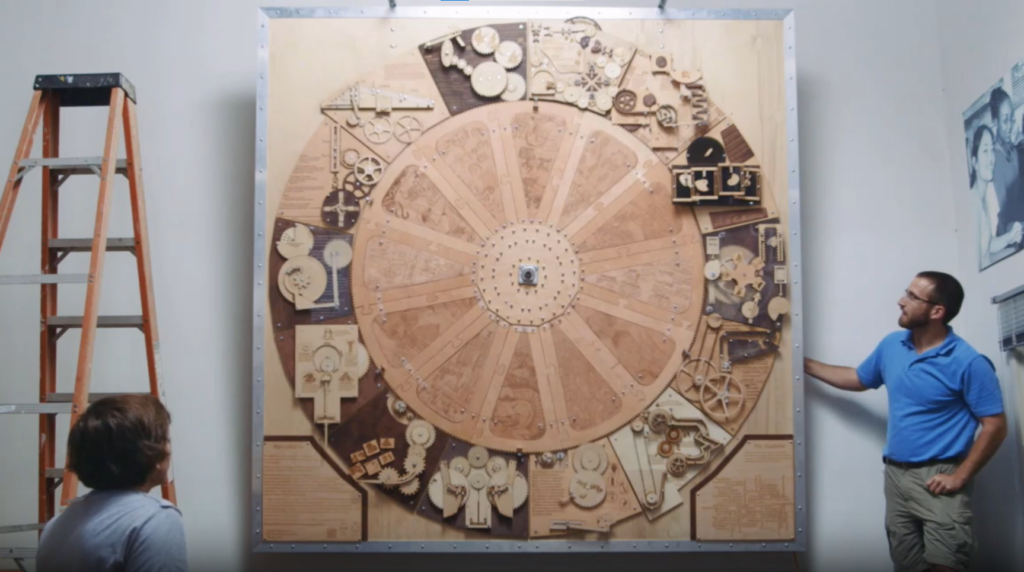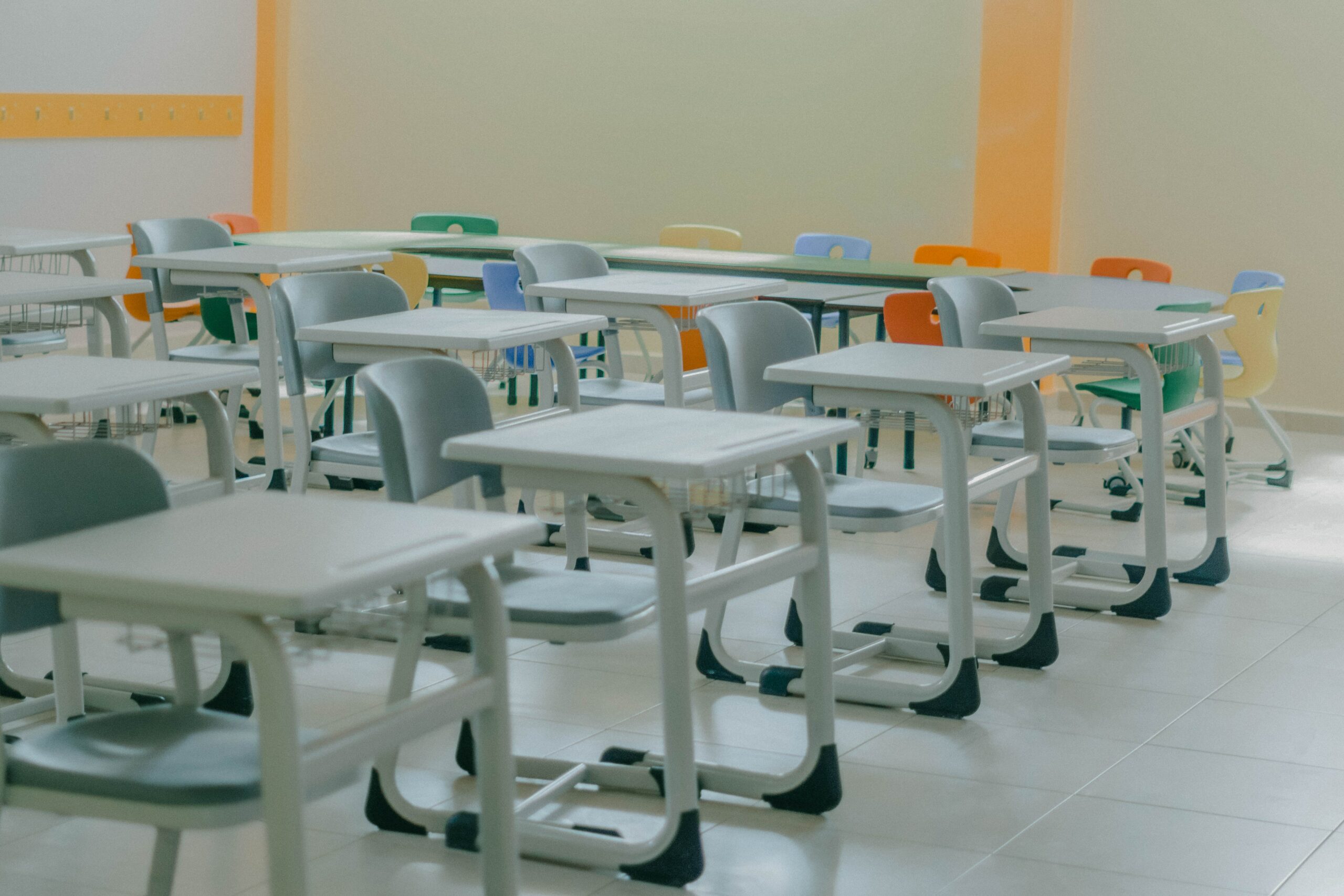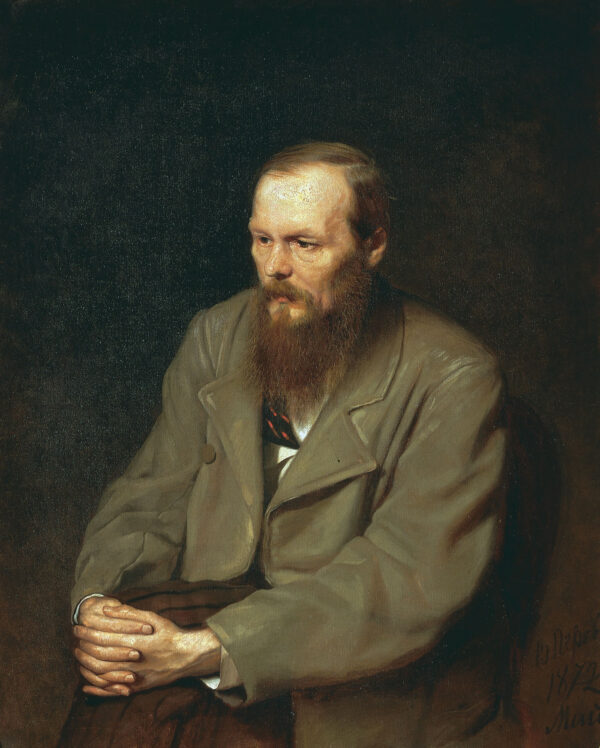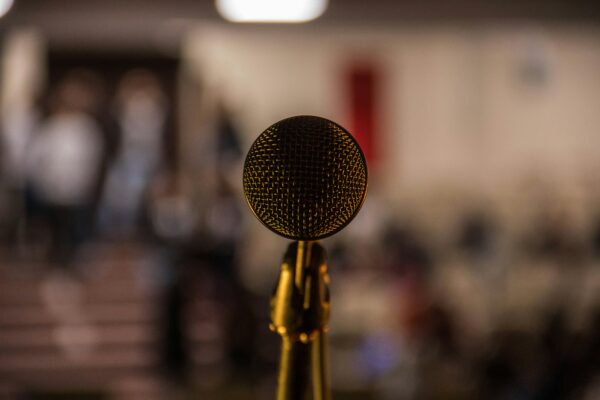This week in EDCI 336, we were asked to watch a film titled Most Likely to Succeed. It is a documentary from 2015 which focused on a public charter high school in San Diego, California called High Tech High (HTH). The school was started in 2000 by local civic leaders and educators to provide students with a learner-driven education model rather than the traditional teacher-based model. Curricular competencies come second to student interests at HTH. Educators act as facilitators of learning and do not spend time lecturing the students. Rote memorization is unheard of HTH; real-world and relevant skills are the focus of learning at the school. Student interests are used to develop the skills that will later be used to create complex year-end projects that are showcased to the students’ families and to the wider local community. These projects were the core subject of Most Likely to Succeed.
“A child is born knowing nothing and all they want to do is learn – we are learning machines – and we grind it out of them with our education system. We are taught not to learn.”
Laszlo Bock, Former Senior VP of People Operations, Google
Throughout the film, the educators at High Tech High are frequently seen in the background of the scenes, acting as mentors to the students who are the true focus. It is clear that these educators take immense pride in their work by looking at their expressions when asked about their students and the work they do. Rather than divide their days into separate blocks of different subjects (which has been the norm since the Industrial Revolution), students’ schedules work on different projects throughout their day and build skills relevant to those individual projects. Included in these revelant skills are collaboration and teamwork, which are seen as fundmental life skills that are largely ignored in most schools. One project, for example, blended Language Arts, History, Technology, Mathematics, and Physics and of which the end product was an interactive cog-and-gear machine made of laser-cut wood that explained the cause of the rise and fall of empires. This type of project is not possible in traditional schools that are beholden to block structures, abstracted academic theories, and atomized students.
“Here, they’re going to leave with an extreme depth of some content and a whole bunch of other soft skills: they’re going to have grit, they’re going to be able to perservere through difficulty, they’re going to be good at communicating with adults and their peers, they’re going to be collaborative, they’ll have empathy. All these things are not going to disappear their junior year of high school.”
Scott Swaaley, 9th Grade Physics/Engineering Teacher at High Tech High
I found this film as a bit of a lightbulb moment for me. It got me thinking about how I could implement this style of education within my own future teaching practice. I largely agree with the teachers and educators at High Tech High and others that are featured in Most Likely to Succeed. Do I want my students to learn how to create things, to build strong teamwork and collaboration skills, to learn about subjects that are relevant to the individual? Absolutely. I don’t want to stand and lecture to 25 students about fractions, or ancient Egypt, or poetry. I want them to want to learn about these things for themselves. This film has stuck with me since I watched it and I don’t think it is going to go away soon. The teachers and students at HTH are excited about going to school every day. They want to strive, to struggle, to learn and to grow. I want my own future classroom to be just as exciting and a real, genuine place of learning.





